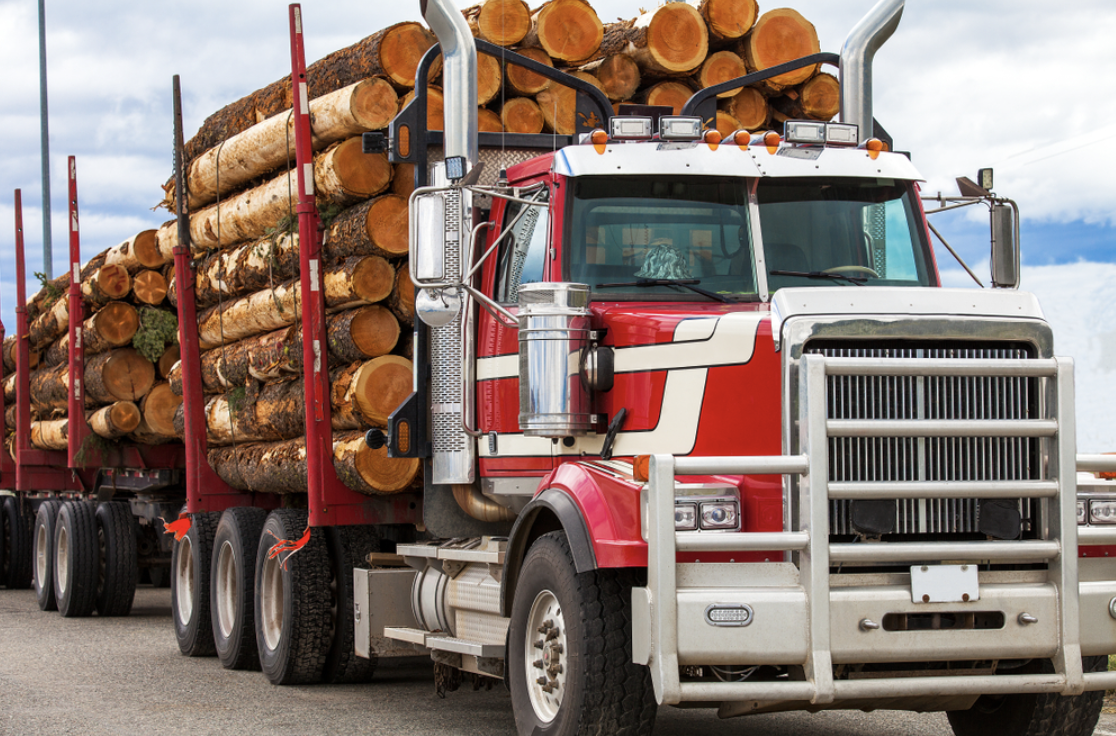Transporting goods is at the heart of the trucking industry, but getting cargo from point A to point B safely isn’t just about hitting the road. Proper load securement plays a critical role in ensuring the safety of drivers, vehicles, and everyone sharing the highways. Beyond safety, it impacts efficiency, cost, and compliance with strict regulations.
In this article, we’ll break down why load securement matters, what regulations guide the process, and how drivers and companies can make sure every load is locked down correctly.
Why Load Securement Matters
Safety on the Road
Improperly secured loads can lead to disastrous consequences. Shifting cargo or items falling off trucks create hazards that put lives at risk. A sudden shift in weight can cause rollovers, jackknifing, or loss of control, while debris on the road can trigger accidents involving other vehicles.
Keeping the load secure isn’t just about avoiding fines—it’s about saving lives.
Protecting Equipment and Cargo
When loads aren’t secured properly, they can cause damage to the goods being transported or even the vehicle itself. Cargo that shifts can break, leading to financial losses and unhappy customers. Worse yet, unsecured loads can damage the trailer, causing costly repairs or downtime for the vehicle.
Staying Compliant with Regulations
The Federal Motor Carrier Safety Administration (FMCSA) has strict guidelines on how cargo must be secured. Non-compliance can result in fines, vehicle impoundment, and damage to a company’s reputation.
Understanding FMCSA Load Securement Regulations
The FMCSA’s rules are designed to ensure that all loads, regardless of size or weight, stay secure during transit. Here’s an overview of key requirements:
General Rules
- Cargo Must Not Shift: The load must remain stable under normal driving conditions, including acceleration, deceleration, and turns.
- Proper Tiedowns: Use the appropriate number and type of tiedowns to keep the load stable. The working load limit (WLL) of tiedowns must meet or exceed the weight of the cargo.
- Inspection Requirements: Drivers must inspect the cargo and securement devices before starting a trip, within the first 50 miles of travel, and at regular intervals thereafter.
Specific Requirements by Cargo Type
Certain types of cargo, such as logs, vehicles, or heavy machinery, require specific securement techniques. For example, logs must be secured with bunk stakes and tiedowns, while machinery often requires direct securement to the vehicle frame.
Best Practices for Securing Loads
Use the Right Equipment
Using the right tools is non-negotiable. Here are a few essentials:
- Straps and Chains: Choose high-quality straps and chains with a WLL that matches or exceeds the load’s weight.
- Edge Protectors: Prevent straps from fraying or breaking by placing edge protectors on sharp cargo corners.
- Binders and Ratchets: Ensure chains are tightened correctly with binders or ratchets for a secure hold.
Plan the Load Placement
The placement of cargo within the trailer is just as important as the securement devices.
- Distribute Weight Evenly: Proper weight distribution prevents trailer sway and improves braking efficiency.
- Block and Brace: Use wooden blocks or other barriers to prevent cargo from sliding or tipping.
- Layer Strategically: Place heavier items at the bottom and lighter ones on top to maintain stability.
Double-Check Everything
Even the most experienced drivers can miss something. A thorough inspection before hitting the road can catch loose straps, weak points, or shifting loads.
Common Mistakes to Avoid
Using Damaged Equipment
Worn-out straps, chains, or hooks are a recipe for disaster. Regularly inspect all securement tools for signs of wear, such as frayed straps or rusted chains, and replace them as needed.
Underestimating Load Movement
Even if the cargo looks secure when stationary, the dynamics of a moving truck can create enough force to shift improperly secured loads. Always account for how the load will react to sudden stops, sharp turns, or bumpy roads.
Overloading the Trailer
Exceeding a trailer’s weight limit not only strains securement devices but also affects braking and overall vehicle control. Stick to the manufacturer’s weight guidelines to avoid overloading.
The Financial Impact of Improper Load Securement

Costs of Accidents and Fines
Accidents caused by unsecured loads can lead to lawsuits, hefty fines, and increased insurance premiums. For trucking companies, a single incident can mean tens of thousands of dollars in losses.
Downtime and Delays
When cargo isn’t secured properly, it can shift during transit, leading to damaged goods and delayed deliveries. Unplanned downtime for inspections, repairs, or legal issues further eats into profits.
Damage to Reputation
For trucking companies, reputation is everything. A poor track record of accidents or delays caused by improper load securement can cost valuable contracts and damage relationships with clients.
Training and Education: The Driver’s Role
Hands-On Training
Drivers should receive practical training on load securement, including how to use different types of tiedowns and equipment.
Staying Updated on Regulations
FMCSA rules evolve, and staying informed is crucial. Encourage drivers to participate in regular training sessions to stay compliant.
Real-World Practice
No amount of classroom instruction can replace real-world experience. New drivers should practice securing a variety of cargo types under supervision before hitting the road solo.
Conclusion
Proper load securement is much more than a regulatory requirement—it’s a fundamental aspect of safe and efficient trucking. By using the right equipment, following FMCSA guidelines, and training drivers effectively, companies can avoid accidents, protect their investments, and build a reputation for reliability.
For truck drivers, knowing how to secure a load properly isn’t just a skill—it’s a responsibility that ensures every trip ends safely.

